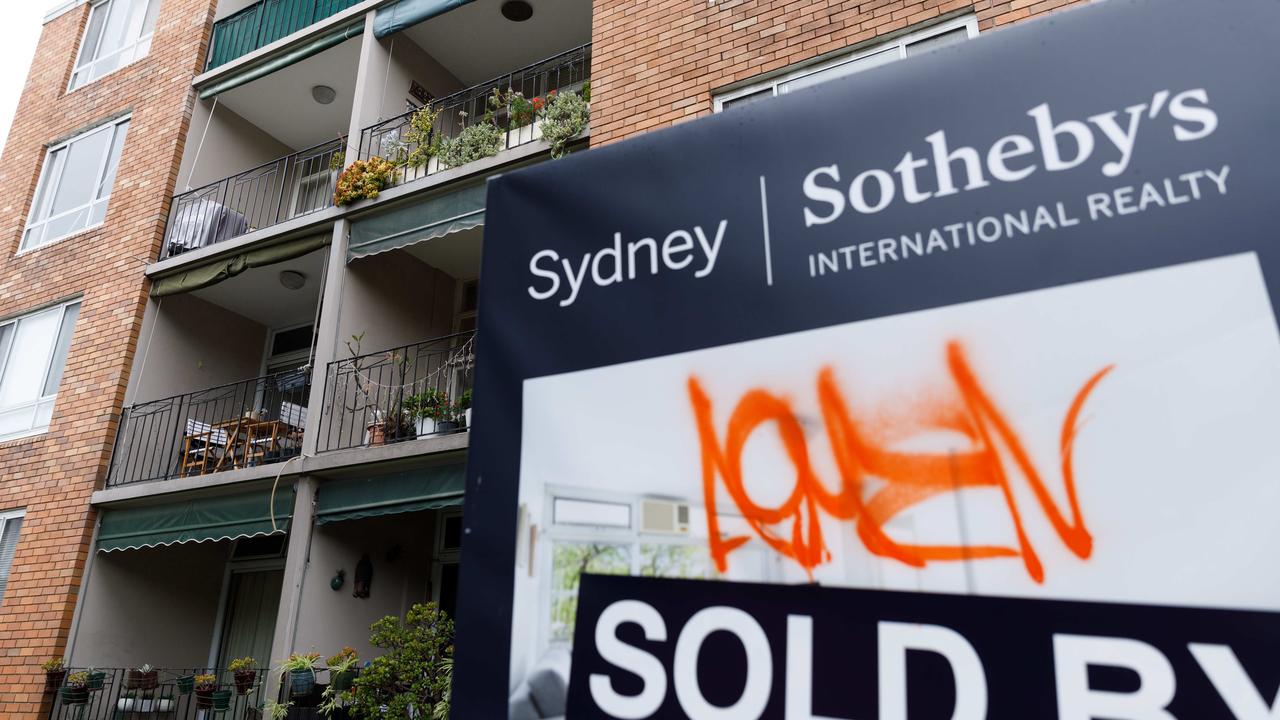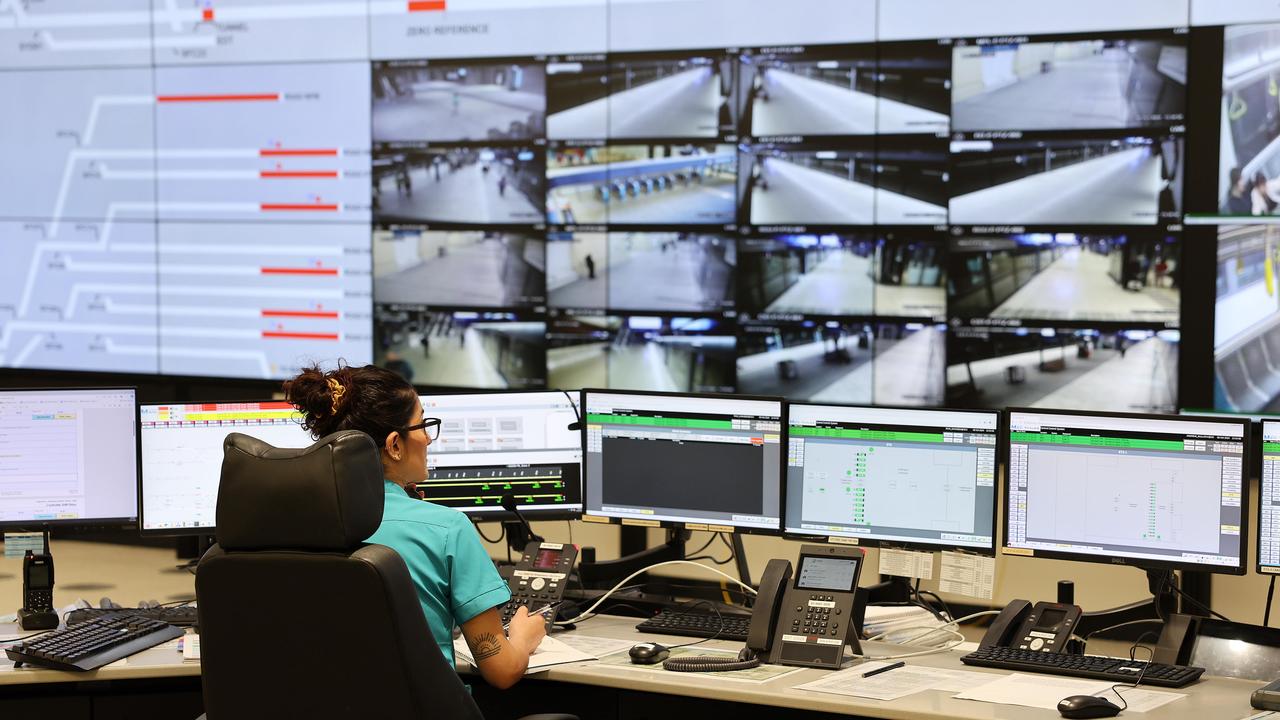Beyond the rare earth hype is a small, tough market
Cheap government money makes Iluka the clear winner in critical mineral hype. But it’s worth remembering that rare earths is a small market, and a tough place in which to make money.

Business
Don't miss out on the headlines from Business. Followed categories will be added to My News.
The federal government has picked a winner in Australia’s bid to become the heart of non-Chinese critical minerals supply – and Iluka Resources is it.
The $1.25bn on offer to Iluka from the government’s Critical Minerals Facility is the company’s best chance to realise its long-held dream of diversifying beyond mineral sands, and capturing some of the valuation ascribed to established rare earth rival Lynas.
It’s also more than 62.5 per cent of the $2bn on offer from the fund, with another $182m or so already committed elsewhere, suggesting there’s little room in the kitty for other critical mineral hopefuls to get a slice of the cheap money from the fund.
But with plenty of hype still surrounding the sector – both in the political and market hemispheres – it’s worth remembering that rare earths is a small market, and a tough place in which to make money.
Lynas Rare Earths, currently the only major non-Chinese source or rare earth oxides, only exists because Japanese manufacturers recognised the need to bankroll an external source of the rare metals when China began limiting export in the late 2000s, using its dominance of rare earth production to force foreign hi-tech manufacturers to build new factories in China.
Rising global trade tensions, partly caused by China’s willingness to use trade policy to punish perceived political slights by its trading partners, has helped highlight the rest of the world’s dependence on materials supplied from an increasingly assertive and authoritarian China.
Given the reliance of both the defence sector and other hi-tech manufacturing industries on the suite of metals in so-called “rare earths”, it is clear why the US, European and other allied countries – including Australia – are scrambling to ensure access to secure sources of supply.
But it is far less clear who is going to be able to make money out of that realisation.
Iluka’s presentation supporting its rare earth investment decision flagged a market deficit of about 16,000 tonnes of neodymium (Nd) and praseodymium (Pr) by 2030, based on figures supplied by Adamus Intelligence.
Those metals, generally referred to as NdPr, are among the most valuable in the rare earth suite and are used to make the strong industrial magnets needed for missiles and drones, and key ingredients in the production of electric vehicles and wind turbines – both growth industries.
Iluka’s refinery will produce about 5500 tonnes of NdPr, or about a third of the forecast deficit. The US is also looking to build its own manufacturing facilities, and plenty of other Australian-listed rare earth hopefuls are also looking to fill that supply gap – Hastings Technology Metals, Australian Strategic Materials and Peak Rare Earths, to name but a few.
Despite being the only major non-Chinese supplier in the market and having exported its first product in 2013, Lynas is still to pay a dividend to shareholders nine years on from its first sales.
In fact, as the company looks to build new manufacturing facilities in Kalgoorlie, it is still relying on the forbearance of its Japanese lenders to minimise the pressure on its balance sheet. Only last week Lynas received a six-month extension on an $US11.5m interest payment due to its major lender at the end of March.
Lynas is worth $10bn on the Australian market, but booked a $156.9m half-year profit – and that was a record.
Based on last year’s $157m annual profit, Lynas trades at a price to earnings ratio of about 37 – far in excess of Iluka, at 13.3, which booked a $364.9m annual profit. Iluka is capitalised at only $4.9bn – half of Lynas’s market valuation.
Iluka’s deal with the government puts it in a strong position to become a genuine player in the global rare earth market.
But as early Lynas shareholders learned, there is no real premium for non-Chinese supply. When supply balances with demand, the rare earths sector is a tough place to make money.
Iluka may make it, as may other Australian hopefuls. But some will undoubtedly fall along the way. Investors would do well to take their cues from the size of the market, not the hype around how “critical” they may be.
More Coverage
Originally published as Beyond the rare earth hype is a small, tough market




